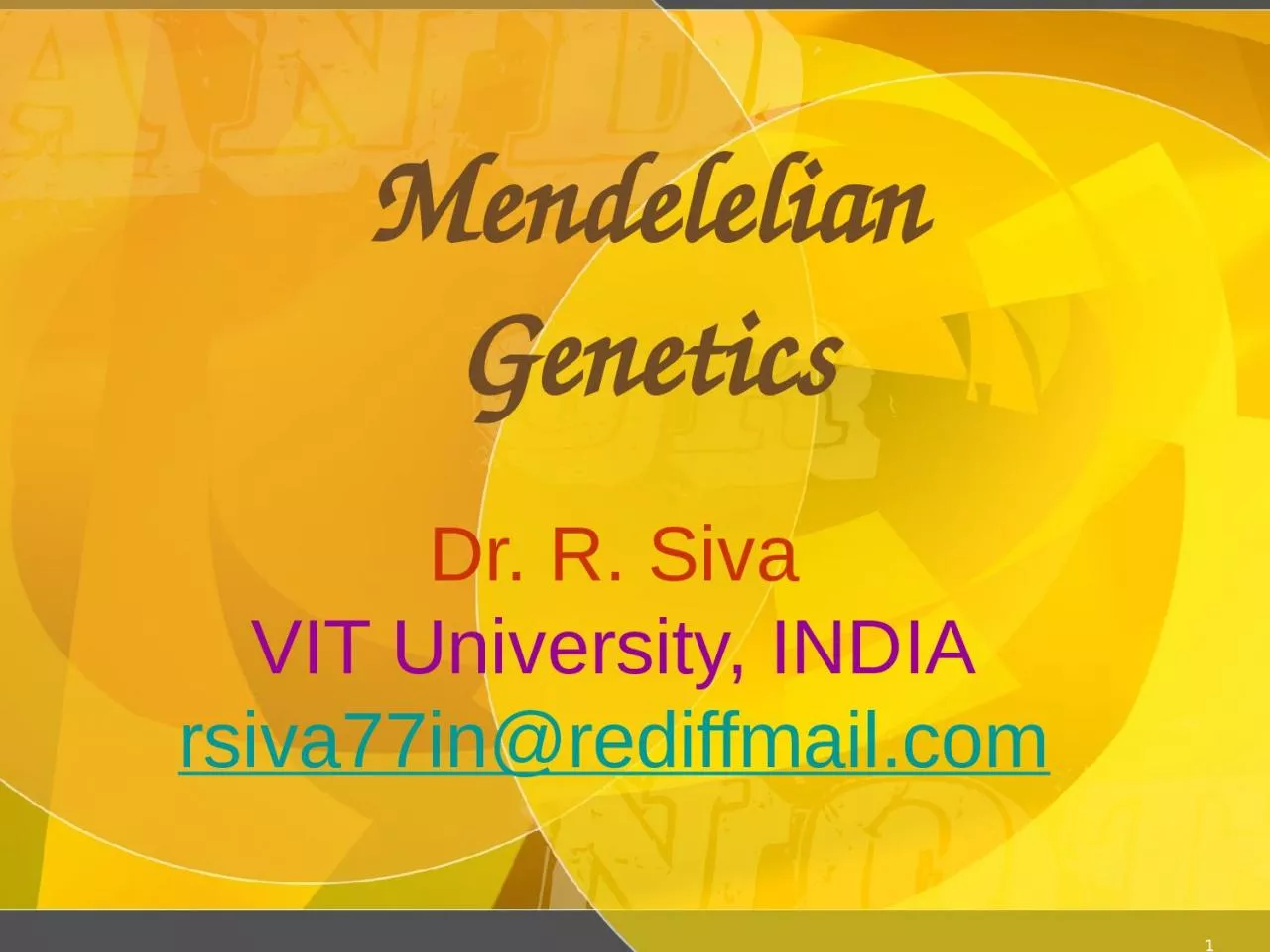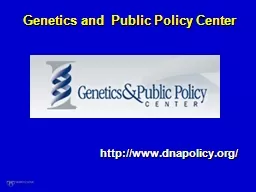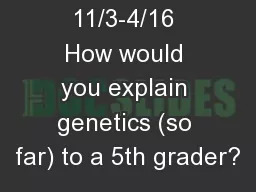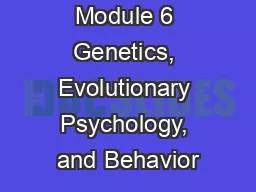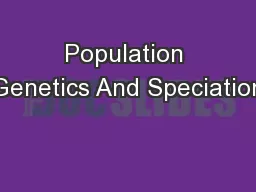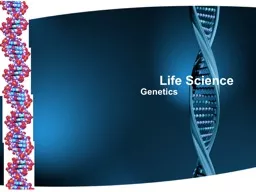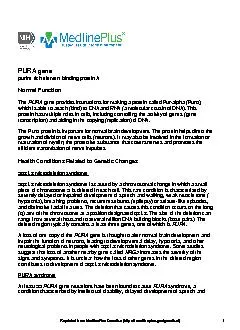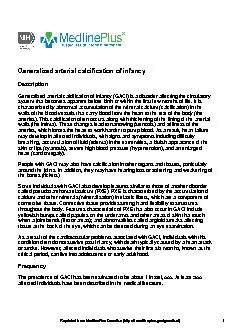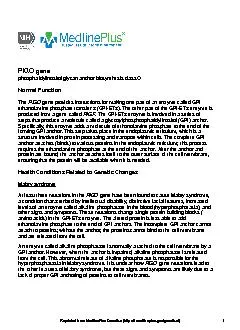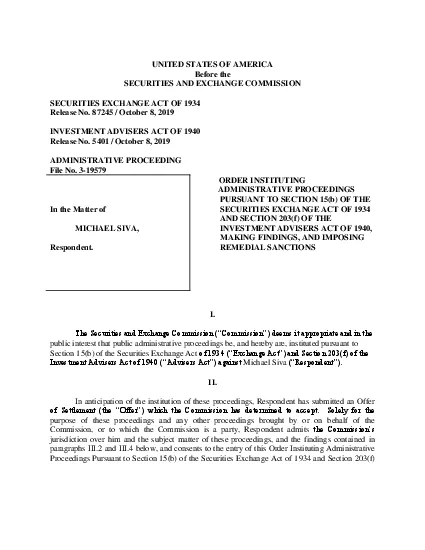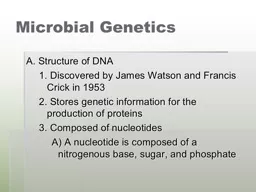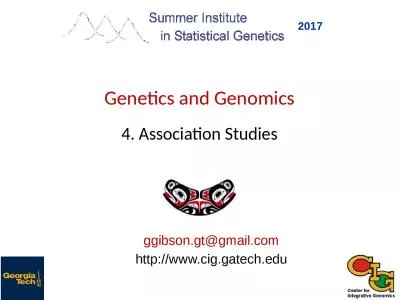PPT-1 Mendelelian Genetics Dr. R. Siva
Author : rodriguez | Published Date : 2024-02-16
VIT University INDIA rsiva77inrediffmailcom 2 Gregor Mendel 18221884 Responsible for the Laws governing Inheritance of Traits 3 1822 Brunn in Austria now Brno
Presentation Embed Code
Download Presentation
Download Presentation The PPT/PDF document "1 Mendelelian Genetics Dr. R. Siva" is the property of its rightful owner. Permission is granted to download and print the materials on this website for personal, non-commercial use only, and to display it on your personal computer provided you do not modify the materials and that you retain all copyright notices contained in the materials. By downloading content from our website, you accept the terms of this agreement.
1 Mendelelian Genetics Dr. R. Siva: Transcript
Download Rules Of Document
"1 Mendelelian Genetics Dr. R. Siva"The content belongs to its owner. You may download and print it for personal use, without modification, and keep all copyright notices. By downloading, you agree to these terms.
Related Documents

